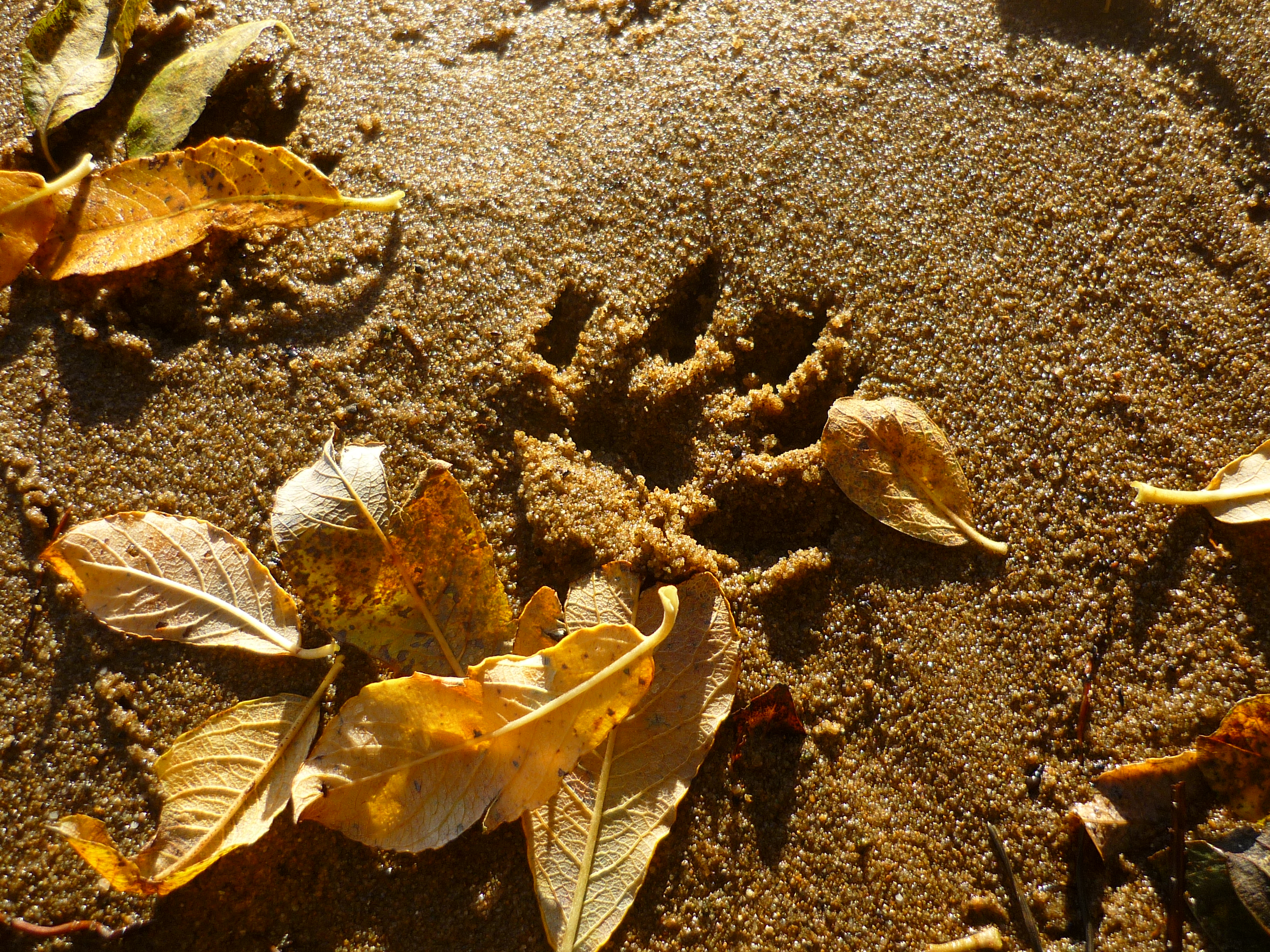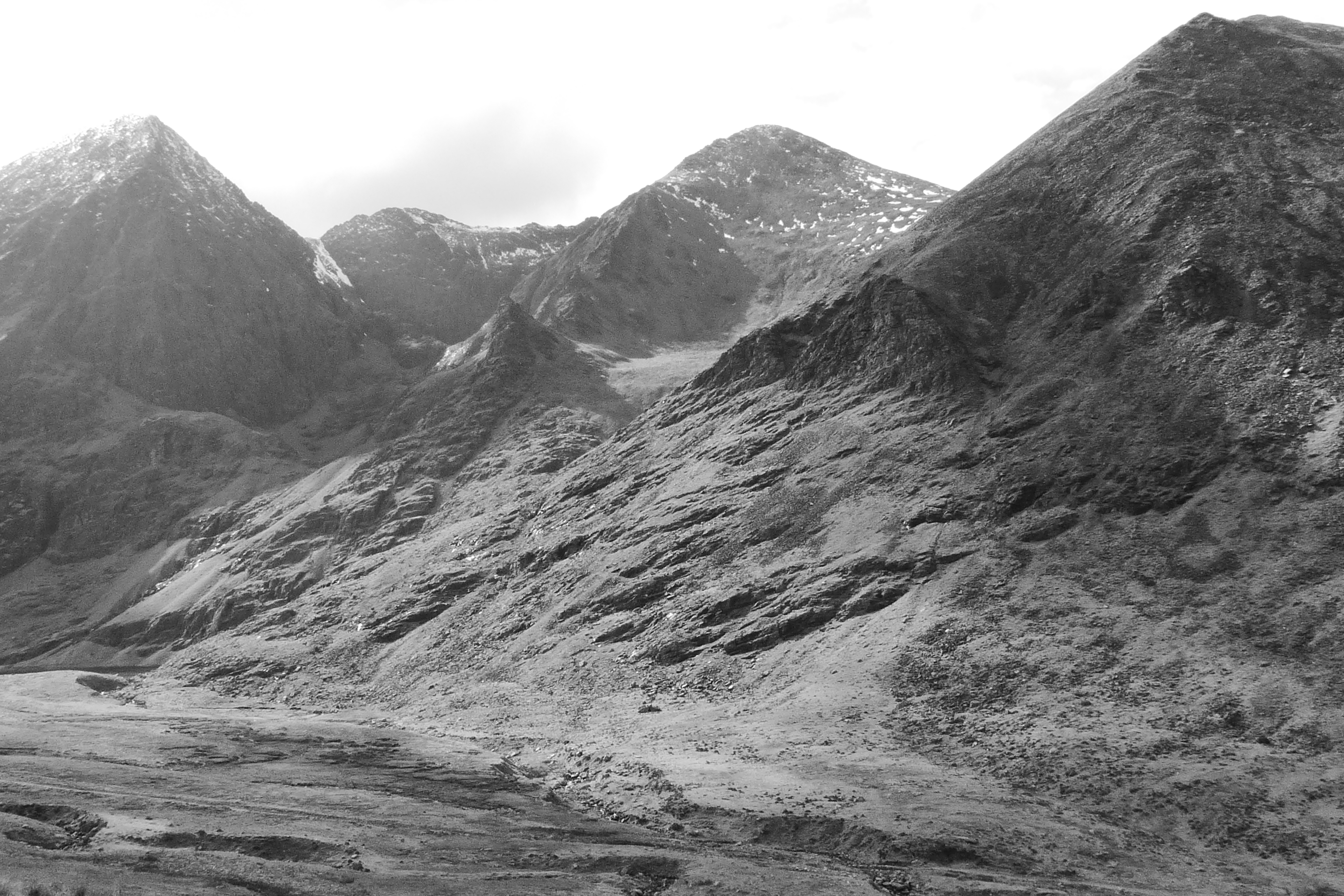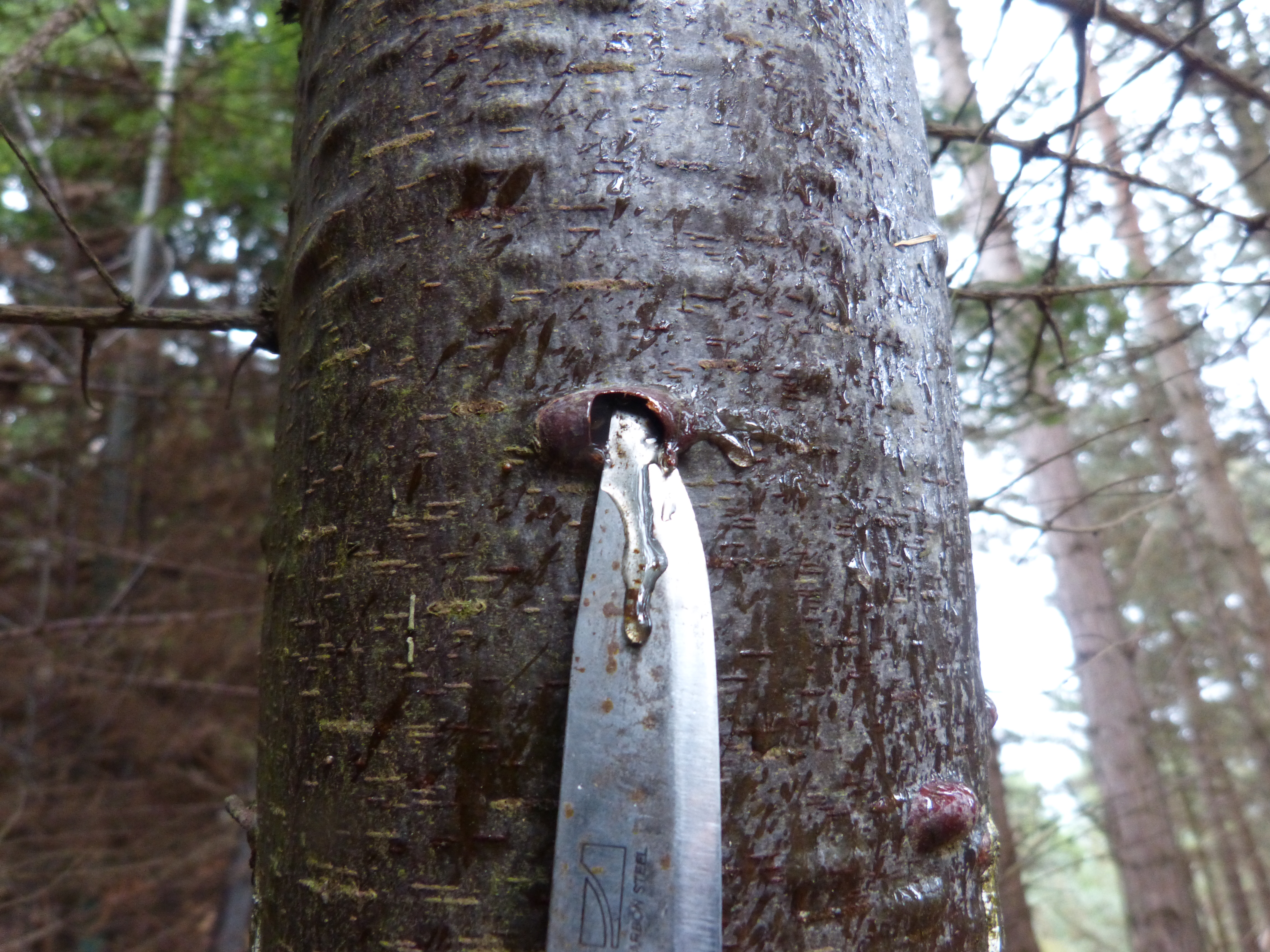By Sean Fagan
.
Bushcraft & Nature
.
There are many interpretations of Bushcraft. So many, it’s impossible to give a definitive answer as to what Bushcraft is - partly because Bushcraft is very personal to the individual. For me, Bushcraft is a way of getting closer to nature…
A while back I was taking a stroll through one of my favourite outdoor haunts – a modest 72 acre nature reserve of oak, ash, sycamore and sweet chestnut with a holly and hazel understory. The day was sunny with a cool breeze slipping between the trees from the South-West. Something caught my eye - a male sparrowhawk (Accipiter nisus).
Sparrowhawks are generally elusive but this sparrowhawk was boldly in view, on a low branch, about 30 feet away. Occasionally he would leap onto the ground and try to lift a long, thin branch. After many attempts he managed to firmly grasp and balance the twig in his bill and began an arduous ascent into the woodland canopy.
It soon became apparent that the bird was fixated on a tall ash tree because for many exasperating moments the bird would clumsily circle around the trunk of this particular ash tree with the long twig in his hooked bill. It was a comical sight. Eventually he landed on a large branch high up in the tree. He carefully placed his twig onto a pile of other twigs - his disheveled nest.
A tracker told me once “Animals don’t read books” which made me laugh. What she meant was - what you may read about animals in books does not always correspond to how animals behave in the wild. A lot of the standard text book information about sparrowhawks is peppered with formidable phrases such as aerial raptors or significant predators of small to medium-sized woodland birds. In other words sparrowhawks are often perceived as sleek, secretive birds of prey that mercilessly haunt the woodland air to grasp, kill and consume other birds. All very red in tooth and claw stuff.
However, I have never read in any bird book about sparrowhawks being clumsy nest builders. Often, I'm amused at the antics that animals get up to - it's very easy to relate to them.
Later, while resting quietly against the broad base of an old sycamore a fox sauntered by. It was a slim, slight fox - most likely a vixen. The fox's coat was dark and dense – the colour of deep rust. As the fox walked by, its footfall on the the dead dry leaves that covered the woodland floor made a series of crinkling sounds that gently reverberated through the dappled air.
Outspoken environmentalist James Lovelock said something along the lines of “The human race is so intractable, so stupid, they have not evolved to the stage where they can collectively solve complex problems”. Harsh stuff.
I think one of more pressing problems as regards humanity’s relationship with nature is the collective lack of emotional connection many of us have with nature. How can anybody passionately care about wild places when we have no real meaningful contact, at a deep level within our beings, with nature? I don’t have a tidy answer for that question.
However, I do know that Bushcraft can do something strange to the human heart and mind – it can germinate a love of nature to steadily unfurl within us that is hard to be scoured away from the prevailing culture of apathy, cynicism and greed that greatly impoverishes and trivialises nature.
Contact – meaningful contact, with nature allows empathy and sensitivity towards nature to flourish where it may have been absent - and Bushcraft is one of the best ways I know to facilitate a passion for the great outdoors.
By its very nature Bushcraft encourages prolonged periods of time in nature.
In addition, Bushcraft hones our observational skills of nature, we become more aware of the stark beauty of the stars, the morning ripples in a river caused by a hunting otter, the many flowers and mighty trees that densely populate many wild places - in effect we become aware of how rich, diverse, beautiful and somehow - amongst all this glorious chaos - how deeply serene nature is.
When our being becomes merged with that energy, with that paradoxically strange but familiar tranquility, we can experience a deep sense of peace - even belonging.
Astronauts commonly suffer from a sense of futility when they return home to earth - after being in the embrace of the vast cosmos and seeing earth as a breathtakingly beautiful planet from afar - life seems devoid of meaning on return to more familiar terra firma.
I know from living in wild places for lengthy periods of time that modern life can be somewhat jarring and dispiriting in comparison to living in nature - and I don't mean to romanticise outdoor living because living outdoors brings its own slew of challenges and travails, but I have never experienced the deep, sustained sense of contentment that I effortlessly acquire from living outdoors from anywhere else in life.
As I walked homeward bound, I occasionally glanced at the muddy trail ahead of me for tracks.
Out of nowhere the male sparrowhawk landed on a branch near me, so near I could see the distinctive flush of ruddy red aligned along the delicate, dark barring of his chest.
The startled bird quietly slipped off his perch to merge with the wood and just before he left - his ember-hued eyes blazed fiercely in my direction for the briefest of moments.
What a stunning animal…
Its moments like these, simple moments, that define Bushcraft for me.
.
"To dwellers in a wood, almost every species of tree has its voice as well as its features.”
Thomas Hardy
.
Related:




Recent Comments